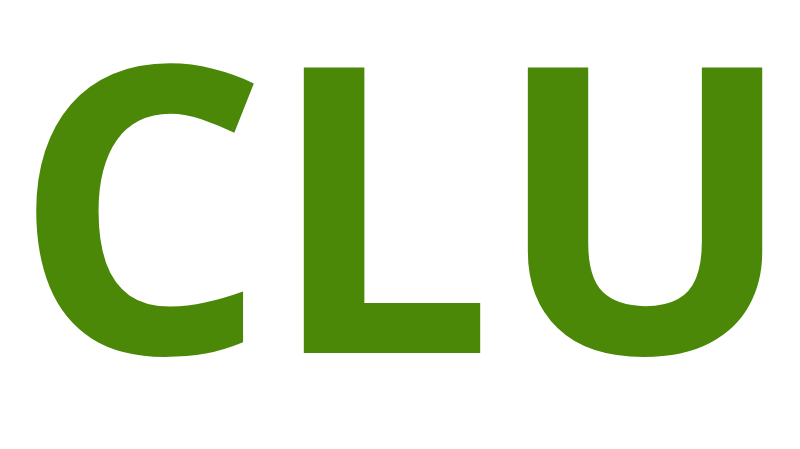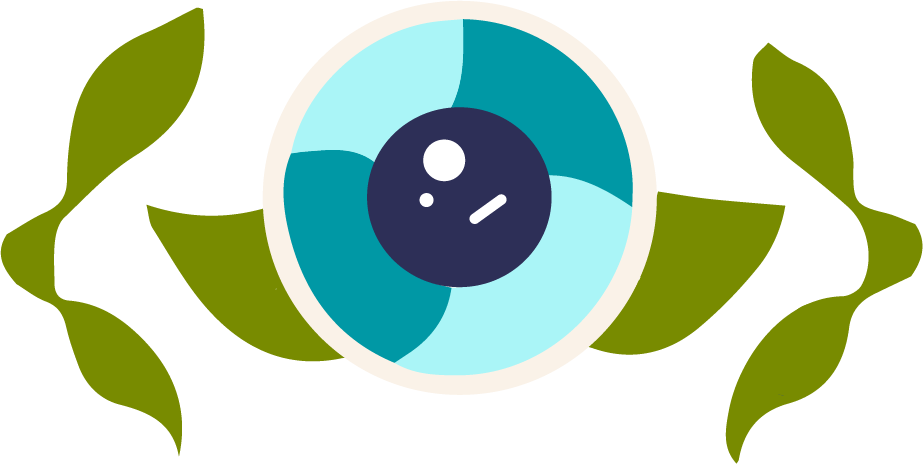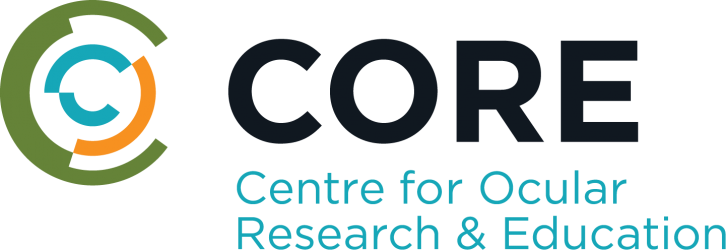Peer-reviewed Articles
Please use the year list below to look at past peer-reviewed articles.
2026
Akpek,E., Jones,L., Nichols,K. K., Nijm,L., Pflugfelder,S. Delphi working group.
Delphi panel on neuromodulation as a treatment strategy for dry eye disease: Unlocking the potential of natural tear production
Ocular Surface 2026;39(January):34-40 [ Show Abstract ]
Purpose
Chronic tear deficiency, through reduced production and/or increased evaporation, is regarded as a root cause of dry eye disease (DED). The goal of treating DED is restoration of the tear film ultimately resulting in ocular surface homeostasis. Multiple therapeutic prescription drugs to manage DED exist with varying speed of onset, overall magnitude of efficacy, and tolerability. Neuromodulation is an emerging treatment modality offering direct stimulation of natural tear production. A modified Delphi study was conducted to explore the role of neuromodulation as a treatment for DED.
Methods
Twenty DED experts participated in three rounds of structured electronic Delphi questionnaires. Consensus, defined as ≥ 80 %, was sought on 18 statements across three key DED topics: unmet treatment needs, the importance of natural tears in ocular surface homeostasis, and neuromodulation as a treatment approach. Statements were refined iteratively based on qualitative feedback and quantitative agreement from the panel.
Results
Consensus was reached on all 18 statements. Panelists affirmed that significant unmet needs persist in managing DED. Panelists agreed that stimulating patients’ natural tear production can help maintain and restore ocular surface homeostasis and that neuromodulation, through the ability to rapidly increase natural tear production, has the potential to effectively fill existing treatment gaps.
Conclusion
This Delphi panel reached consensus on the importance of restoring natural tear production as a primary goal in treating DED. Neuromodulation represents a promising treatment option for DED, offering a rapid and restorative therapeutic approach for natural tear production.





